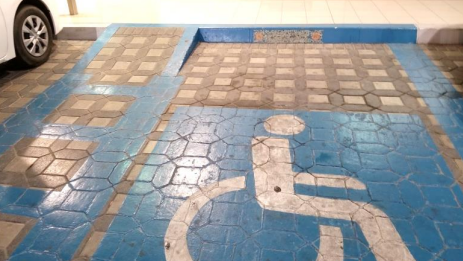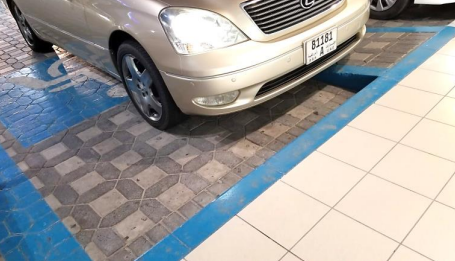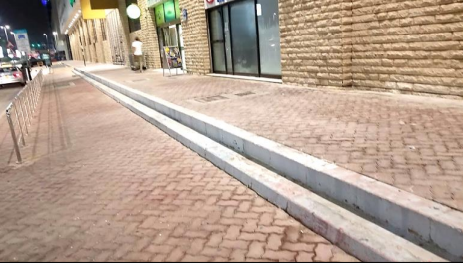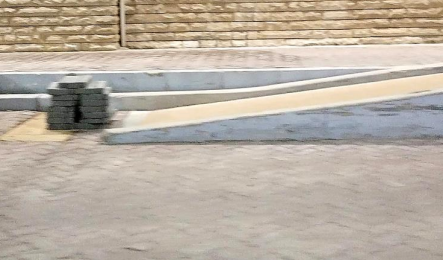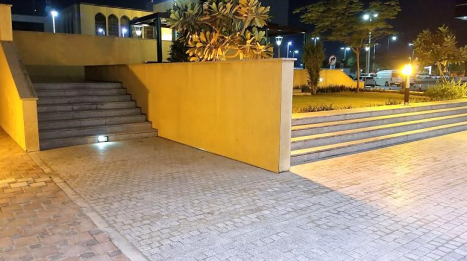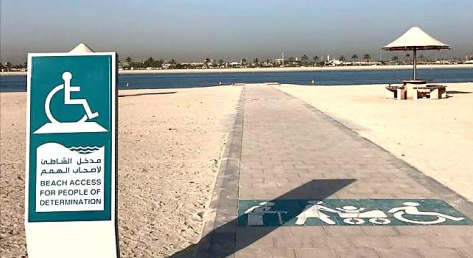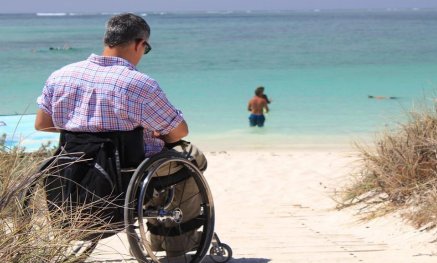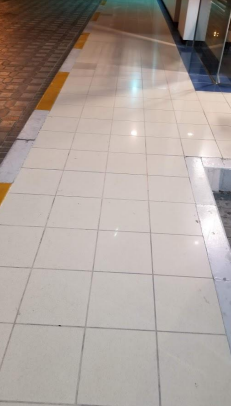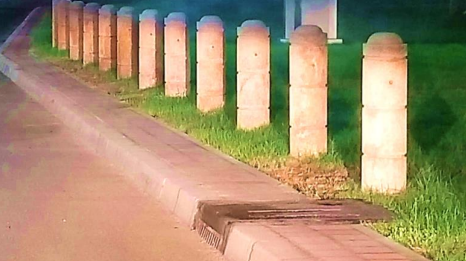Accessibility Issues and Services for “People of Determination” in the UAE: Lessons From Abroad Part 4
This article is Part IV in the series “Lessons from Abroad” and has a focus on understanding life in Abu Dhabi from the standpoint of access by individuals with disabilities. (The first 3 articles are easily accessed through DeMayo’s Q&A Clinic). The pictures really tell the story but here are a few other thoughts I have had on accessibility in Abu Dhabi:
The common theme to disability access in the UAE is that there is no common theme – the very poor accessibility that came with dramatic growth and building is rapidly changing. Newer public facilities and hotels have outstanding accessibility yet many other places are severe challenges.
Some of the accessibility issues seen in Abu Dhabi include:
Ramps to nowhere are common (e.g. a curb cut leading to a side walk with no other curb cuts). .
Ramps are very steep.
Curb cuts are becoming more and more common – 12 miles along the beach, now all curbs are cut. At the same time some curbs are mountain sized – can be a 12 inch or more drop.
Brick and tile walkways often have hazards including cracks, dips and debris. Outdoor tile is a particular hazard if wet to anyone using an assistive device. Although it rarely rains, sprinklers or spills from pedestrians do occasionally make these surfaces wet.
Bathroom accessibility can be poor although excellent in hotels and many public places
Bathroom floors often wet from hoses in toilet stalls and can be a hazard - Makes one really see the amazing impact the ADA has had on the US
Lastly, the heat itself is an issue. During the summer temps over 110 are not rare and humidity is high. Able bodied individuals move quickly from home to car and car to work. Individuals who labor to slowly ambulate in good conditions may really struggle in this heat.
Many individuals with disabilities simply stay home in their family compounds. Few wheelchairs are seen in malls and other public places.
Families don’t encourage older individuals to use power mobility. These individuals grew up in tents and would certainly have an adjustment to learn to be comfortable with a power WC but lack of family support to engage this challenge makes it all but impossible as a goal.
There is a new movement from the top of government to facilitate rehabilitation and helping those with disabilities. The term “People of determination” has officially replaced “handicap” or “disability”.
The government portal reads “The Government of Abu Dhabi offers quality care and services to people of determination. Moving away from conventional routes and methods to fulfil their needs and aspirations, and to ensure their active participation and integration in the weave of Abu Dhabi community”
His Highness Sheikh Khalifa bin Zayed Al Nahyan, UAE President, issued in 2006, the Federal Law No. (29) of 2006 concerning the rights of people of determination is the first law in the UAE to protect the rights of people of determination. The law provides for equal care, rights and opportunities for people of determination in education, health care, training and rehabilitation and aims to ensure their rights and provide all services within the limits of their abilities and capabilities.
The law guarantees an unspecified job quota for people of determination in the public and private sectors and focuses on increasing accessibility to public buildings and residences. It also places emphasis on integrating people of determination into public and private schools, and takes into account retirement considerations, allowing people of determination to retire with full benefits earlier than their normal counterparts.
In summary, accessibility in Abu Dhabi is quickly evolving. There is no question that many challenges remain but they are quickly being addressed. The new government policies for “People of Determination” are facilitating this rapid change. Rather than being critical of the limited access in many places, I personally chose to see “the cup half full” and focus on the fact that ADA level standards are quickly becoming the norm.
Abu Dhabi is much more welcoming than it used to be. Unfortunately, accessibility issues were not considered until recent years and, even now, some projects miss the mark.
Photos 1 & 2: The only ramp into this convenience store is located next to a clearly marked spot. But, when spaces were short, look where someone parked.....
Photos 3 & 4: These two steps in front of a grocery store run the entire block. At the far end is a small ramp (no handrails) and it is blocked by a stack of bricks.
Photos 5 & 6: Stairs also are prevalent in older public areas, ramps are seen in newer construction.
Photos 7 & 8: Some beaches are becoming accessible right to the water, others are not.
Photos 9 & 10: Some older sidewalks are hard for an able bodied person to negotiate. Some new walkways can be very slippery when they are wet (it rarely rains here but sprinklers and spills by pedestrians do occur).
Photos 11 & 12: Some sidewalks are way too narrow for a wheelchair. Often, if you do find a wide sidewalk, there is no curb cut out to get to the next block.
There have been huge strides by the government to foster accessibility. This includes everything from parking to lower tuition fees.
It is an exciting time in the UAE for those of us in the rehabilitation field and I feel privileged to be a part of the process.

